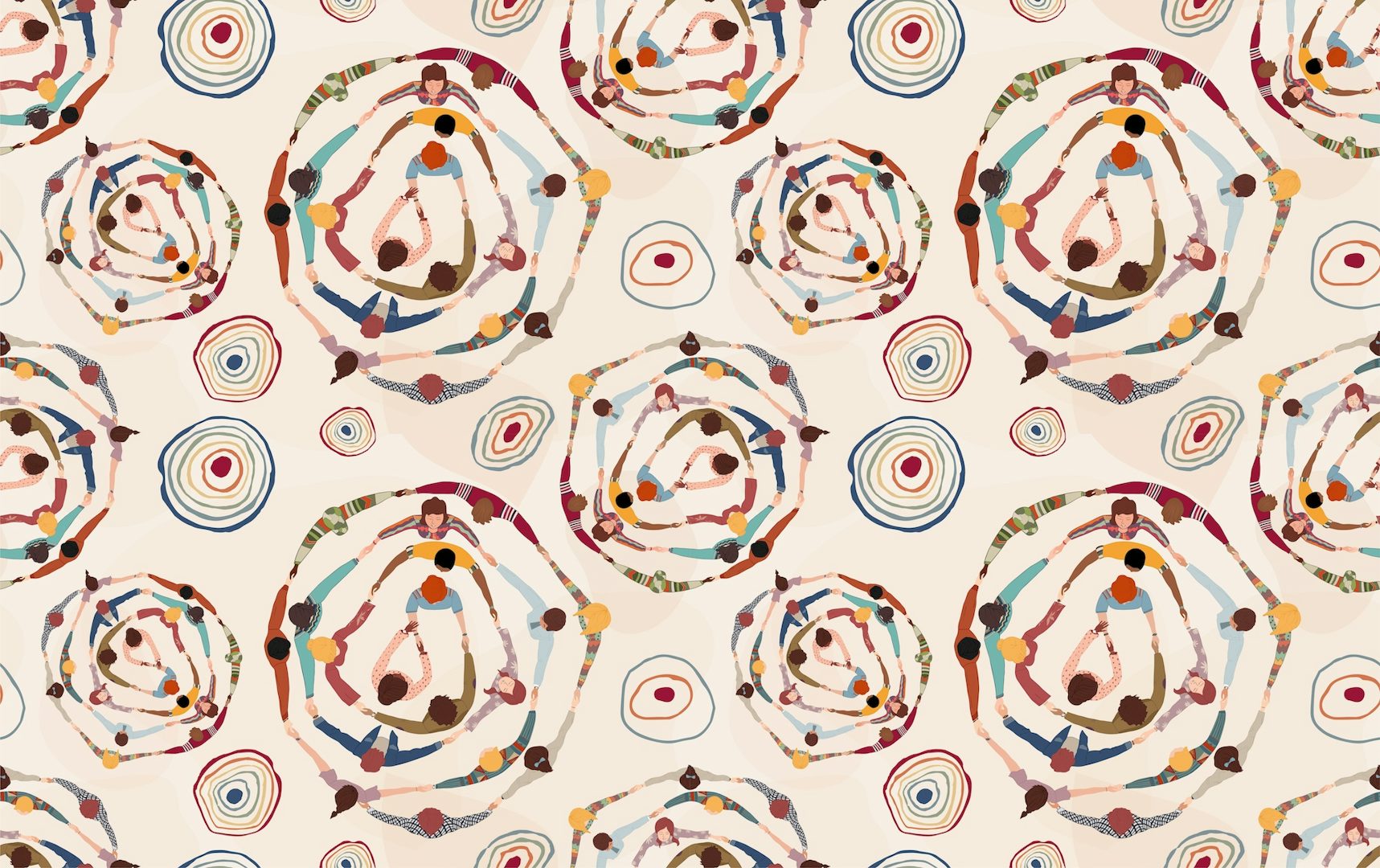How global design teams drive innovation
Working with designers with different backgrounds and experiences brings richness and diversity to the design process, says Jo Barnard of Morrama. These collaborations are vital to the future of design
As we move towards a more interconnected world, our industry is at an exciting crossroads, where collaboration has the potential to transform the way we think about design. The international virtual desk has already changed the workspace, so why not design also?
I see this shift as a huge opportunity. When we actively integrate cultural diversity into the creative process, it can uncover fresh perspectives. New design approaches that wouldn’t be possible within a single cultural lens. From Japanese attention to detail to Scandinavian minimalism, from designers cultivated in different backgrounds from the Bronx to Belfast, Eritrea to Eton, blending different traditions and experiences enables us to create products with global appeal.
At the heart of this cross-border collaboration is empathy. This isn’t just a buzzword; it’s an essential part of a designer’s world, as crucial as a pencil and as useful as your Mac. It’s about recognising ‘sonder’ – the experience and inner monologues of others, of the lived experiences that influence the design preferences of people. It is also about respecting the methodologies that arise from them.
In creating meaningful design, when working with international teams, I’ve found that open communication is key to unlocking empathy, especially when we’re navigating the diverse aesthetics and cultural values of international clients.
When we integrate cultural diversity into the creative process, it can uncover fresh perspectives. New design approaches that wouldn’t be possible within a single cultural lens
One recent project for a client in India, Mokobara, highlighted this in a powerful way. Here, the design challenge lay in balancing premium packaging expectations with sustainable practices. In this context, we had to be inventive in how we communicated value, encouraging a move away from the typical kappa box complete with magnetic closure, to a lightweight design that relied more on thoughtful graphic design and copywriting to bring a premium feel.
Working in global teams has become the new normal, and it’s a welcome change. As designers, we learn so much from collaborating with peers from different backgrounds. In short, it increases the lens through which we view the world in ways that wouldn’t be achievable otherwise. For example, our collaborations with teams in China have shown us the importance of efficiency and the strength of work ethic, while Indian teams bring dynamism to the table. This mix of approaches challenges us to think differently and leads to more thoughtful, innovative design solutions.
What was particularly refreshing about working with the Mokobara team in India was how hands-on they were compared with many US and European founders we have worked with, who tend to prefer the safety of their spreadsheets. The Mokobara project was so efficient because the client was happy just to get on a plane, go to the factory, get involved and make quick decisions. There was no overthinking things.
At the heart of cross-border collaboration is empathy. This isn’t just a buzzword; it’s an essential part of a designer’s world, as crucial as a pencil and as useful as your Mac
Looking ahead, the impact of cross-border collaboration can only deepen. Design isn’t – and shouldn’t be – limited to any one culture or region. Today, economies in India and China are growing rapidly, which is shifting the dynamics of influence in our field. What we’re seeing is an exciting movement away from a one-way exchange, with richer, more balanced collaborations emerging.
‘Good’ design today is about more than functionality or aesthetics; it’s about contributing something positive to the world. And let’s be honest, from climate to politics to warzones, we need more of that positive fuel. Real-world challenges, like sustainability and inclusivity, can and should push us to look beyond traditional methods.
Cross-cultural collaboration can provide the inspiration to do this in new ways. We all know if we keep repeating the same old, we get the same old results. How about tackling some of our communication problems with new designers from new regions that offer a new view on our problems? Our experiences have shown us that cultural exchanges – sometimes planned, sometimes serendipitous – often unlock unexpected solutions.
The most powerful capitalist countries are increasingly speaking in terms of deglobalisation, however creative ideas will never be constrained by borders
As designers, we need to be ready for this future, one where good design will be defined by its ability to break down cultural barriers and resonate with people across the globe. By blending insights from a local level with sensibilities that are global, we can design with empathy and create solutions that truly matter.
The most powerful capitalist countries are increasingly speaking in terms of deglobalisation, however creative ideas will never be constrained by borders. As brands increasingly seek concepts ‘outside the box’, working with collaborators ‘outside the borders’ is guaranteed to bring unique and exciting results.
The potential of cultural exchange in design is enormous. Our goal should be to turn cross-border collaboration into a source of inspiration, a way to solve problems and craft products that aren’t just innovative but also meaningful. Empathy, sustainability, and respect for cultural nuances are key to shaping a design future that’s as inclusive as it is impactful.
Jo Barnard is CEO and founder of design consultancy Morrama; morrama.com; Top image: Shutterstock




